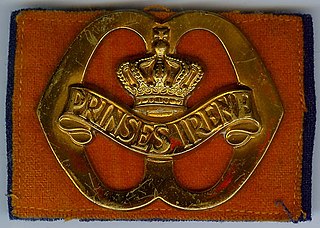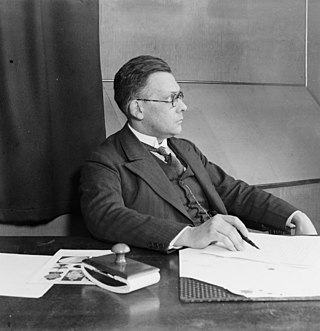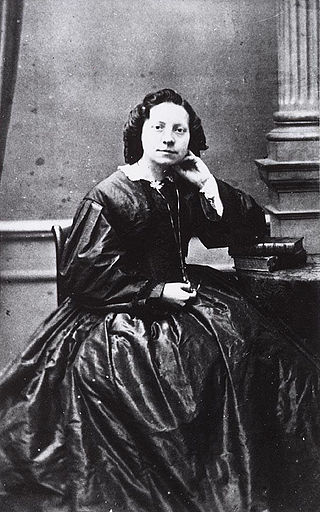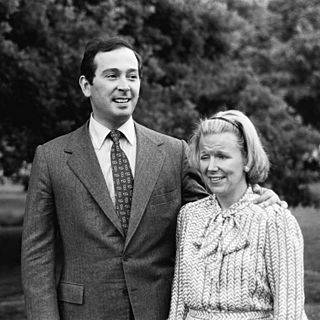Related Research Articles

The United East India Company was a chartered company established on the 20th March 1602 by the States General of the Netherlands amalgamating existing companies into the first joint-stock company in the world, granting it a 21-year monopoly to carry out trade activities in Asia. Shares in the company could be bought by any resident of the United Provinces and then subsequently bought and sold in open-air secondary markets. It is sometimes considered to have been the first multinational corporation. It was a powerful company, possessing quasi-governmental powers, including the ability to wage war, imprison and execute convicts, negotiate treaties, strike its own coins, and establish colonies. They are also known for their international slave trade.

Johan Anthoniszoon "Jan" van Riebeeck was a Dutch navigator and colonial administrator of the Dutch East India Company.

Batavia was the capital of the Dutch East Indies. The area corresponds to present-day Jakarta, Indonesia. Batavia can refer to the city proper or its suburbs and hinterland, the Ommelanden, which included the much-larger area of the Residency of Batavia in the present-day Indonesian provinces of Jakarta, Banten and West Java.

During the Second World War, the Royal Netherlands Motorized Infantry Brigade, later known as the Princess Irene Brigade was a Dutch military unit initially formed from approximately 1,500 troops, including a small group guarding German prisoners-of-war, who arrived in the United Kingdom in May 1940 following the collapse of the Netherlands. Elements of this force became the nucleus of what was originally called the "Dutch Legion."

The Princess Irene Fusiliers Guards Regiment is a regiment of the Royal Netherlands Army, named after Princess Irene, the Granddaughter of Queen Wilhelmina, daughter of Queen Juliana, sister of Princess Beatrix and aunt of King Willem-Alexander. It is one of two regiments, along with the Garderegiment Grenadiers en Jagers, to be classed as 'Guards'.

Pieter Cramer, was a wealthy Dutch merchant in linen and Spanish wool, remembered as an entomologist. Cramer was the director of the Zealand Society, a scientific society located in Flushing, and a member of Concordia et Libertate, based in Amsterdam. This literary and patriotic society, where Cramer gave lectures on minerals, commissioned and/or financed the publishing of his book De uitlandsche Kapellen, on foreign (exotic) butterflies, occurring in three parts of the world Asia, Africa and America.

Prince Floris Frederik Martijn of Orange-Nassau, van Vollenhoven is the fourth and youngest son of Princess Margriet of the Netherlands and Pieter van Vollenhoven.

Jan Pieter Marie Laurens de Vries was a Dutch philologist, linguist, religious studies scholar, folklorist, educator, writer, editor and public official who specialized in Germanic studies.

Princess Ariane of the Netherlands, Princess of Orange-Nassau is the third and youngest daughter of King Willem-Alexander and Queen Máxima. Princess Ariane is a member of the Dutch Royal House and currently third in the line of succession to the Dutch throne.

Dutch is a West Germanic language spoken by about 25 million people as a first language and 5 million as a second language. It is the third most widely spoken Germanic language, after its close relatives German and English. Afrikaans is a separate but somewhat mutually intelligible daughter language spoken, to some degree, by at least 16 million people, mainly in South Africa and Namibia, evolving from the Cape Dutch dialects of Southern Africa. The dialects used in Belgium and in Suriname, meanwhile, are all guided by the Dutch Language Union.

Wim Hora Adema was a Dutch author of children's literature and a feminist, notable for being the co-founder of Opzij, founded in 1972 as a radical feminist monthly magazine. She was one of the best-known women of the Dutch second wave of feminism.

The Indo people are Eurasian people living in or connected with Indonesia. In its narrowest sense, the term refers to people in the former Dutch East Indies who held European legal status but were of mixed Dutch and indigenous Indonesian descent as well as their descendants today.
Margriet is a Dutch weekly magazine for women of all ages, which publishes articles on fashion, beauty, health, nutrition, relationships, and society. Formerly published by Verenigde Nederlandse Uitgeverijen, it is owned and published by Sanoma after the latter took over VNU's magazine division.

The Free Dutch Forces refers to the Dutch military formations of the Dutch government-in-exile and its colonies that were formed to fight alongside the Western Allies against Nazi Germany and its allies during World War II following the Dutch surrender in May 1940.

Christina Elizabeth (Betsy) Perk, was a Dutch author of novels and plays, and a pioneer of the Dutch women's movement, who wrote under the pen names Philemon, Liesbeth van Altena, and Spirito. She is known as the founding member of the Algemeene Nederlandsche Vrouwenvereeniging Arbeid Adelt in 1871, the women's magazine Onze Roeping, and the weekly magazine for women Ons Streven in 1869, the latter publication being the country's first women's periodical. In later years, her influence and activism diminished due to poor health, and she mainly focused on writing historical novels. From 1880 to 1890, she lived in Belgium. She is buried at the cemetery Rustoord in Nijmegen.
Afine Kornélie Dik, better known as Phiny Dick was a Dutch illustrator and writer of children's books and comics. She was the wife of Marten Toonder from 1935 until her death.
The Nienke van Hichtum-prijs is a biennial Dutch literary award for children's literature awarded by the Jan Campert-Stichting. The award is named after children's author Nienke van Hichtum and was first awarded in 1964. The winner of the prize receives €6,000.

Jorge Pérez y Guillermo was the husband of Princess Christina of the Netherlands between 1975 and the couple's divorce, which took place towards the end of 1996. He was accordingly brother-in-law to Queen Beatrix between 1980 and 1996. Since 1996 he has generally succeeded in avoiding gratuitous publicity.
Anarchism in the Netherlands originated in the second half of the 19th century. Its roots lay in the radical and revolutionary ideologies of the labor movement, in anti-authoritarian socialism, the free thinkers and in numerous associations and organizations striving for a libertarian form of society. During the First World War, individuals and groups of syndicalists and anarchists of various currents worked together for conscientious objection and against government policies. The common resistance was directed against imperialism and militarism.

The history of Suriname during World War II was mainly focused on protecting the bauxite industry and guarding the borders with French Guiana which was part of Vichy France. From November 1941 onwards, 2,000 American troops were stationed in Suriname who transformed Airstrip Zanderij into a major airport, and constructed defensive works. No actual battles took place in Suriname. There was a political crisis in 1943, because Governor Johannes Kielstra used the state of emergency to imprison political opponents.
References
- ↑ Marijke Gijswijt-Hofstra; Roy Porter (1 January 2001). Cultures of Neurasthenia from Beard to the First World War. Rodopi. p. 309. ISBN 90-420-0921-7 . Retrieved 11 August 2015.
- ↑ Bas, Jan de (2003). Een mijter zonder kruis: Sint-Nicolaas in de protestantse pers 1945-2000. Verloren. p. 29. ISBN 9789065507709.